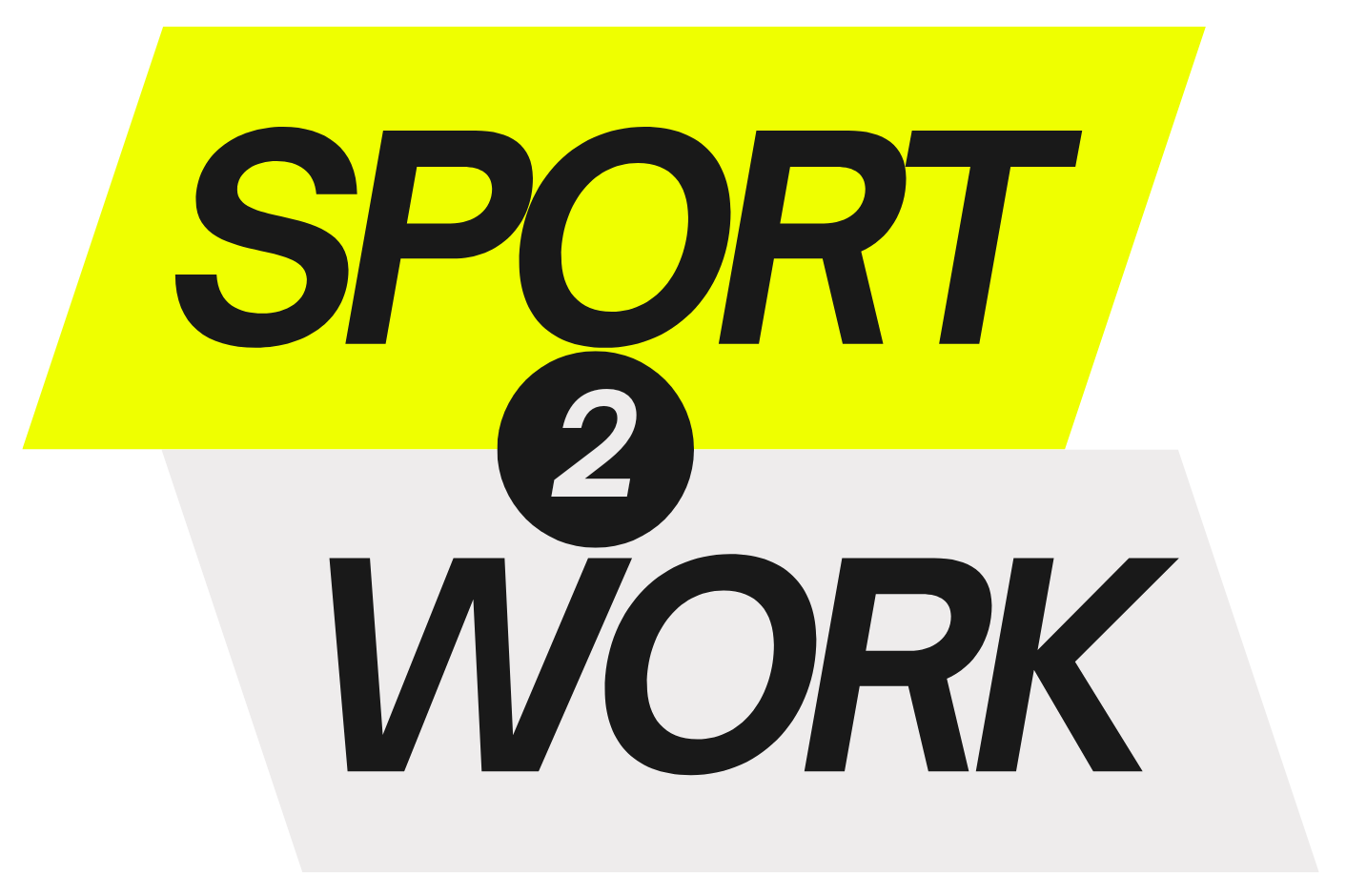Artificial intelligence (AI) has been making waves in various industries, from healthcare to finance to transportation. But one area that is often overlooked is its impact on athlete-friendly jobs. With the rise of AI technology, many jobs that were once considered exclusive to athletes are now being replaced by machines and algorithms. This has caused concern among athletes and sports organizations, as they fear that their livelihoods may be at risk. In this article, we will explore the impact of AI on athlete-friendly jobs and how it is changing the landscape of sports.
The Rise of AI in Sports
AI technology has been steadily making its way into the world of sports. From data analysis to performance tracking, AI is being used to enhance the overall performance of athletes and teams. One of the most notable examples of this is the use of AI in sports analytics. With the help of machine learning algorithms, coaches and analysts are able to gather and analyze vast amounts of data to gain insights into player performance, opponent strategies, and game outcomes.
Another area where AI is making a significant impact is in injury prevention and rehabilitation. By using AI-powered sensors and wearables, athletes can track their movements and receive real-time feedback on their performance. This not only helps in preventing injuries but also aids in the recovery process. For example, the NBA has been using AI technology to monitor player movements and identify potential injury risks, allowing them to make necessary adjustments to prevent injuries.
The Threat to Athlete-Friendly Jobs
While AI technology has undoubtedly brought many benefits to the world of sports, it has also posed a threat to athlete-friendly jobs. One of the most affected areas is sports journalism. With the rise of AI-powered news writing software, many sports media outlets are now using algorithms to generate articles and reports. This has led to a decrease in demand for human sports journalists, as AI can produce articles at a faster rate and with fewer errors.
Another area that has been impacted by AI is sports broadcasting. With the use of AI-powered cameras and production software, live sports events can now be broadcasted with minimal human involvement. This has led to a decrease in the number of camera operators and production staff needed for live sports coverage. While this may save time and resources for sports organizations, it also means fewer job opportunities for athletes who may have pursued careers in broadcasting after retirement.
The Changing Landscape of Sports Careers
The rise of AI in sports has also brought about a shift in the types of careers available for athletes. With the increasing use of technology, there is now a demand for athletes who have a strong understanding of data analysis and technology. This has opened up new career opportunities for athletes, such as data analysts, sports technology consultants, and even AI developers.
Additionally, the use of AI in sports has also led to the creation of new job roles that were previously unheard of. For example, sports organizations now have a need for AI coaches who can analyze data and provide insights to improve player performance. This not only creates new job opportunities for athletes but also allows them to continue using their skills and knowledge in the sports industry.
The Future of Athlete-Friendly Jobs
As AI technology continues to advance, it is inevitable that more athlete-friendly jobs will be affected. However, this does not necessarily mean that these jobs will disappear completely. Instead, it is likely that they will evolve and require a different set of skills. For example, sports journalists may need to adapt to using AI technology in their writing, while broadcasters may need to learn how to operate AI-powered cameras and production software.
Furthermore, the rise of AI in sports also presents an opportunity for athletes to upskill and learn new skills that are in demand in the industry. By embracing technology and understanding how it can be used to enhance their performance, athletes can position themselves for new and emerging job opportunities in the sports industry.
FAQ
- Q: Will AI completely replace athlete-friendly jobs?
- A: No, AI is not expected to completely replace athlete-friendly jobs. Instead, it is likely that these jobs will evolve and require a different set of skills.
- Q: How can athletes adapt to the changing landscape of sports careers?
- A: Athletes can adapt by upskilling and learning new skills that are in demand in the industry, such as data analysis and technology.
- Q: What are some new job opportunities for athletes in the sports industry?
- A: Some new job opportunities include data analysts, sports technology consultants, and AI coaches.
Conclusion
In conclusion, AI technology has had a significant impact on athlete-friendly jobs in the sports industry. While it has brought many benefits, it has also posed a threat to traditional jobs such as sports journalism and broadcasting. However, with the right mindset and willingness to adapt, athletes can embrace the changes and position themselves for new and emerging job opportunities in the industry. As AI continues to advance, it is important for athletes to stay informed and continuously upskill to stay relevant in the ever-changing landscape of sports careers.
